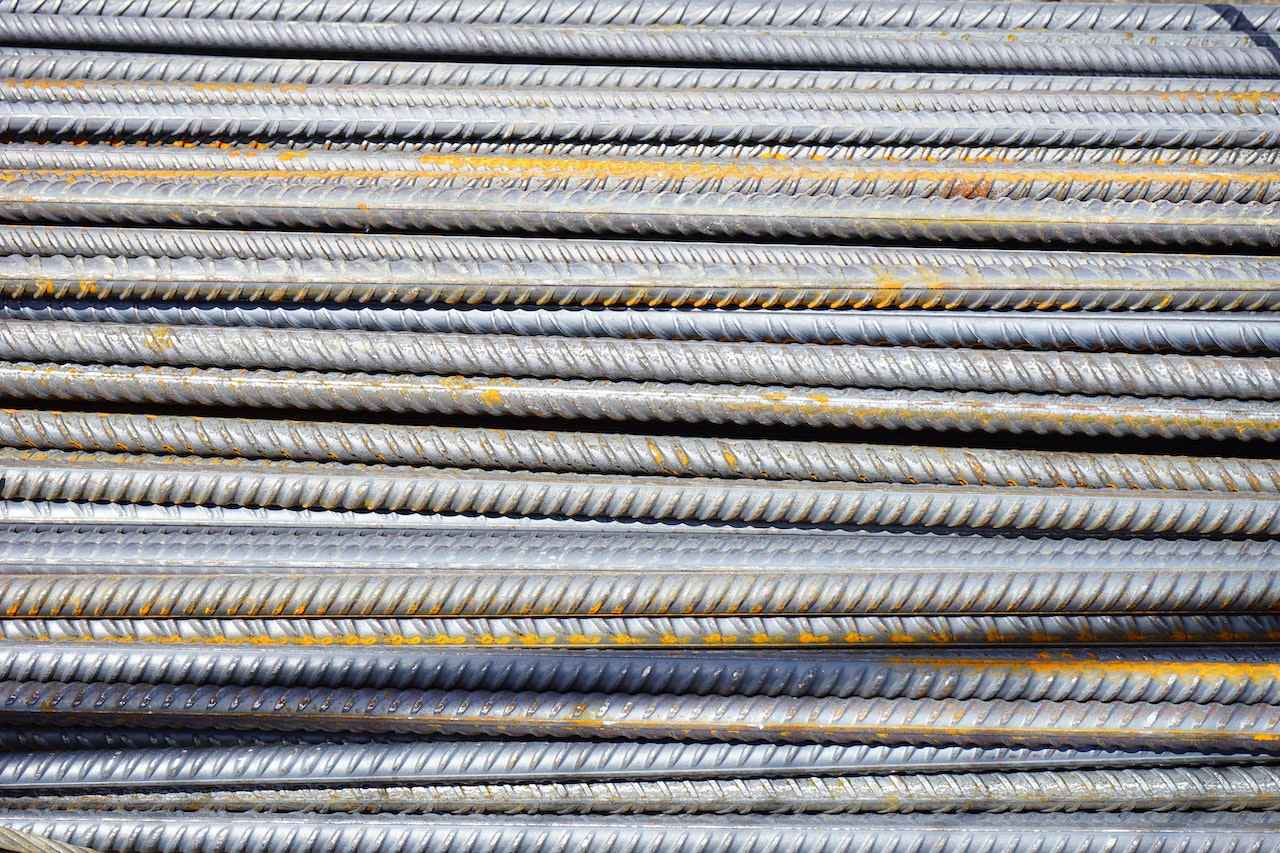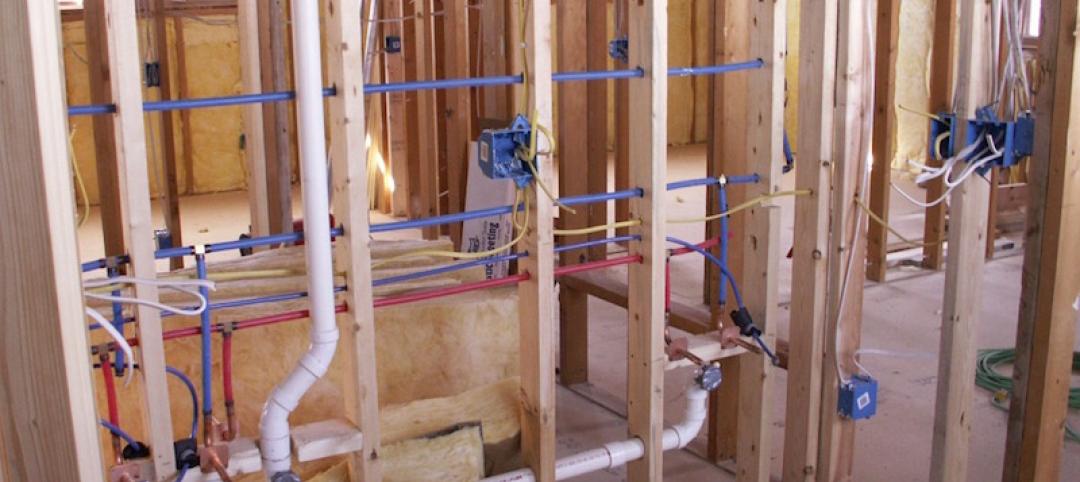Construction input prices fell 0.6% in May compared to the previous month, according to an Associated Builders and Contractors analysis of the U.S. Bureau of Labor Statistics’ Producer Price Index data. Nonresidential construction input prices declined 0.5% for the month.
Overall construction input prices are 3.7% lower than a year ago. Nonresidential construction input prices are 3.4% lower. Prices declined in all three energy subcategories. Crude petroleum prices were down 10.2% in May, while unprocessed energy materials were down 7.8%. Natural gas prices fell 2.0% for the month.
“The headline numbers suggest broad-based deflation in construction materials prices,” said ABC Chief Economist Anirban Basu. “But the declines in input prices are less broad than meets the eye. Much of the deflation is tied to energy, steel and softwood lumber.
“Beyond those spheres, there is plenty of input price inflation,” said Basu. “For instance, concrete prices increased 1.1% for the month and more than 12% for the year. The price of construction machinery and equipment rose marginally for the month and is up more than 9% over the past year. Prices for brick and structural clay tile as well as adhesives and sealants are also up more than 9% over the past 12 months. In short, there are still supply chain challenges, but a weakening global economy has helped place downward pressure on several traded commodities. With so many public and private megaprojects under development in the United States, it is likely that many input price categories will continue to show inflationary tendencies even if the overall economy dips into recession.”
Related Stories
Building Materials | Mar 3, 2017
Perkins+Will white paper: Antimicrobial building products should be avoided whenever possible
Antimicrobial products contain ingredients that may have adverse environmental or human health impacts.
Building Materials | Feb 15, 2017
New metamaterial cools roofs without any energy consumption
The material is barely thicker than aluminum foil and can be economically manufactured for large-scale residential and commercial applications.
Sponsored | Building Materials | Jan 17, 2017
Handbook of Architectural Expansion Joints & Fire Barriers
Building Materials | Jan 9, 2017
Architects and researchers are developing new techniques for building in space
As setting foot on Mars becomes a more realistic goal, the search for how to best develop Architecture for the Red Planet is heating up.
Walls and Partitions | Dec 14, 2016
New wall system eliminates the need for most studs
The company, BamCore, says its new product can save money and quicken the framing process.
75 Top Building Products | Dec 7, 2016
101 Top Products: Building Envelope
Among the best building envelope products included in BD+C's inaugural Top 101 Products report are BASF's Neopor Plus Insulation, Dri-Design's Shadow Series Aluminum Panels, and Garland's Optimax Roof Membrane.
Building Materials | Dec 2, 2016
These are the top 10 tile trends to keep an eye on in 2017
Design styles such as bits & pieces, gritty chic, and metallics are among the ten tile trends to watch as we enter 2017.
Sponsored | Building Materials | Sep 7, 2016
Peeling Back the Layers: The Case for Monolithic Foam Seals in Expansion Joint Systems.
Sponsored | Building Materials | Aug 22, 2016
Mind the Gap
Temporary Expansion Joints in Large Structures















